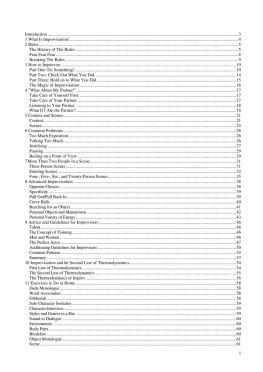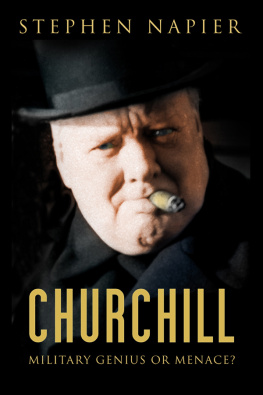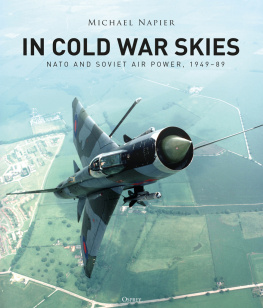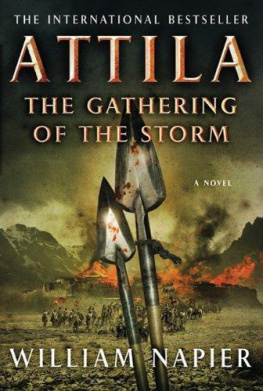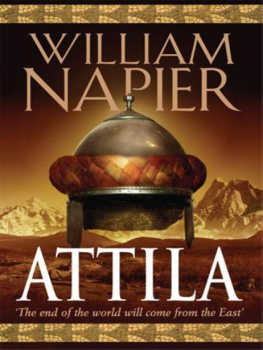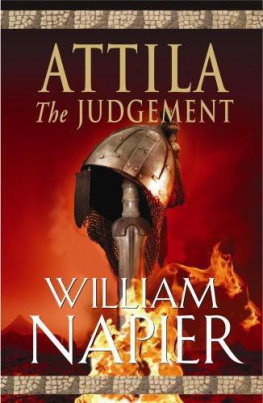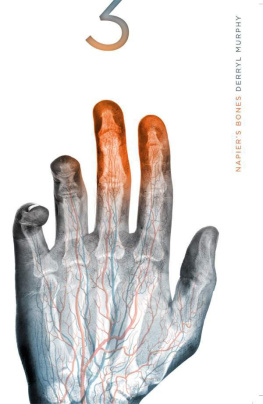Medicine, Religion, and Magic in Early Stuart England
THE MAGIC IN HISTORY SERIES
FORBIDDEN RITES
A Necromancers Manual of the Fifteenth Century
Richard Kieckhefer
CONJURING SPIRITS
Texts and Traditions of Medieval Ritual Magic
Edited by Claire Fanger
RITUAL MAGIC
Elizabeth M. Butler
THE FORTUNES OF FAUST
Elizabeth M. Butler
THE BATHHOUSE AT MIDNIGHT
An Historical Survey of Magic and Divination in Russia
W. F. Ryan
SPIRITUAL AND DEMONIC MAGIC
From Ficino to Campanella
D. P. Walker
ICONS OF POWER
Ritual Practices in Late Antiquity
Naomi Janowitz
BATTLING DEMONS
Witchcraft, Heresy, and Reform in the Late Middle Ages
Michael D. Bailey
PRAYER, MAGIC, AND THE STARS IN THE ANCIENT AND LATE ANTIQUE WORLD
Edited by Scott Noegel, Joel Walker, and Brannon Wheeler
BINDING WORDS
Textual Amulets in the Middle Ages
Don C. Skemer
STRANGE REVELATIONS
Magic, Poison, and Sacrilege in Louis XIVs France
Lynn Wood Mollenauer
UNLOCKED BOOKS
Manuscripts of Learned Magic in the Medieval Libraries of Central Europe
Benedek Lng
ALCHEMICAL BELIEF
Occultism in the Religious Culture of Early Modern England
Bruce Janacek
INVOKING ANGELS
Theurgic Ideas and Practices, Thirteenth to Sixteenth Centuries
Edited by Claire Fanger
THE TRANSFORMATIONS OF MAGIC
Illicit Learned Magic in the Later Middle Ages and Renaissance
Frank Klaassen
MAGIC IN THE CLOISTER
Pious Motives, Illicit Interests, and Occult Approaches to the Medieval Universe
Sophie Page
REWRITING MAGIC
An Exegesis of the Visionary Autobiography of a Fourteenth-Century French Monk
Claire Fanger
MAGIC IN THE MODERN WORLD
Strategies of Repression and Legitimization
Edited by Edward Bever and Randall Styers
The Magic in History series explores the role magic and the occult have played in European culture, religion, science, and politics. Titles in the series bring the resources of cultural, literary, and social history to bear on the history of the magic arts, and they contribute to an understanding of why the theory and practice of magic have elicited fascination at every level of European society. Volumes include both editions of important texts and significant new research in the field.
Medicine, Religion, and Magic in Early Stuart England

Richard Napiers Medical Practice
Ofer Hadass
The Pennsylvania State University Press
University Park, Pennsylvania
Frontispiece: Anonymous British artist, Richard Napier, ca. 1630. Bequeathed by Elias Ashmole, 1692; WA1898.19. Image Ashmolean Museum, University of Oxford.
Library of Congress Cataloging-in-Publication Data
Names: Hadass, Ofer, 1969 author.
Title: Medicine, religion, and magic in early Stuart England : Richard Napiers medical practice / Ofer Hadass.
Other titles: Magic in history.
Description: University Park, Pennsylvania : The Pennsylvania State University Press, [2018] | Series: The magic in history series | Includes bibliographical references and index.
Summary: Explores the work of the astrologer-physician and Anglican rector Richard Napier (15591634). Examines Napiers medical and magical practices in their larger context and shows how the physician incorporated both astral and ritual magic into his medicineProvided by publisher.
Identifiers: LCCN 2017048628 | ISBN 9780271080185 (cloth : alk. paper)
Subjects: LCSH: Napier, Richard, 15591634. | MedicineEnglandHistory17th century. | Medical astrologyEnglandHistory17th century. | MagicEnglandHistory17th century. | TheologyEnglandHistory17th century.
Classification: LCC R489.N37 H33 2018 | DDC 610.942dc23
LC record available at https://lccn.loc.gov/2017048628
Copyright 2018
Ofer Hadass
All rights reserved
Printed in the United States of America
Published by
The Pennsylvania State University Press,
University Park, PA 16802-1003
The Pennsylvania State University Press
is a member of the
Association of University Presses.
It is the policy of The Pennsylvania State University Press to
use acid-free paper. Publications on uncoated stock satisfy
the minimum requirements of American National Standard
for Information SciencesPermanence of Paper for
Printed Library Material, ansi z39.481992.
To Inbal, Eviatar, Avishag, and Avigail

CONTENTS
Astrological Symbols
A | Sun |
B | Moon |
C | Mercury |
D | Venus |
E | Mars |
F | Jupiter |
G | Saturn |
M | Dragons head |
L | Dragons tail |
! | Conjunction |
% | Sextile |
# | Quartile |
$ | Trine |
" | Opposition |
Units of Measurement
Ounce (or oz) |
Drachm ( ounce) |
Semis (half) |
a | Aries |
b | Taurus |
c | Gemini |
d | Cancer |
e | Leo |
f | Virgo |
g | Libra |
h | Scorpio |
i | Sagittarius |
j | Capricorn |
k | Aquarius |
l | Pisces |
Almost thirty years ago, the combination of an advanced course in quantum physics and Robert Pirsigs popular Zen and the Art of Motorcycle Maintenance introduced me to the philosophical quandaries of modern science. While making a career in the field of health information technology, I also embarked upon an intellectual voyage to explore my nebulous doubts. A masters degree in philosophy, guided by Ofer Gal, constituted an initial attempt to evaluate conceptions of truth. It was in one of Gals seminars that I first became acquainted with Napier and was encouraged to obtain images from his archive. Fascinated by Michael MacDonalds portrayal of a doctor who lived on the cusp between two eras, I resolved to delve into Napiers career as a litmus test for his periods interplay between magic and science. It is upon the resulting investigation that this book rests.
Three excellent mentors have guided me on this arduous road: Joseph Ziegler, who, with a steady hand and endless patience, steered my academic efforts to their fruitful end; Zur Shalev, who attentively read my many drafts and offered insightful comments and critical suggestions; and Lauren Kassell, who generously shared her expertise as a leading historian of early modern astrology and magic. Employing sharp, instructive criticism, Lauren gave me confidence throughout that my work could make a real contribution to current historical research. I would like to offer special thanks to Margaret Pelling, Nadav Davidovitch, Raz Chen-Moris, Miriam Eliav-Feldon, Naomi Tadmor, Gadi Elgazi, and the late Michael Heyd for lending an ear to my ideas and sharing with me their thoughts. The generous comments of the two anonymous readers of this manuscript are also greatly appreciated.



